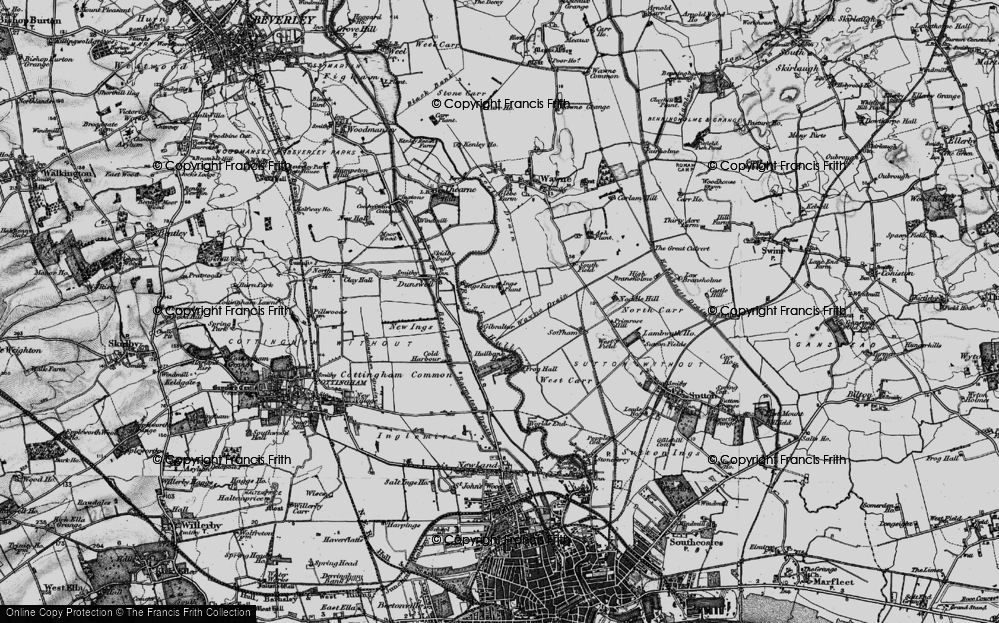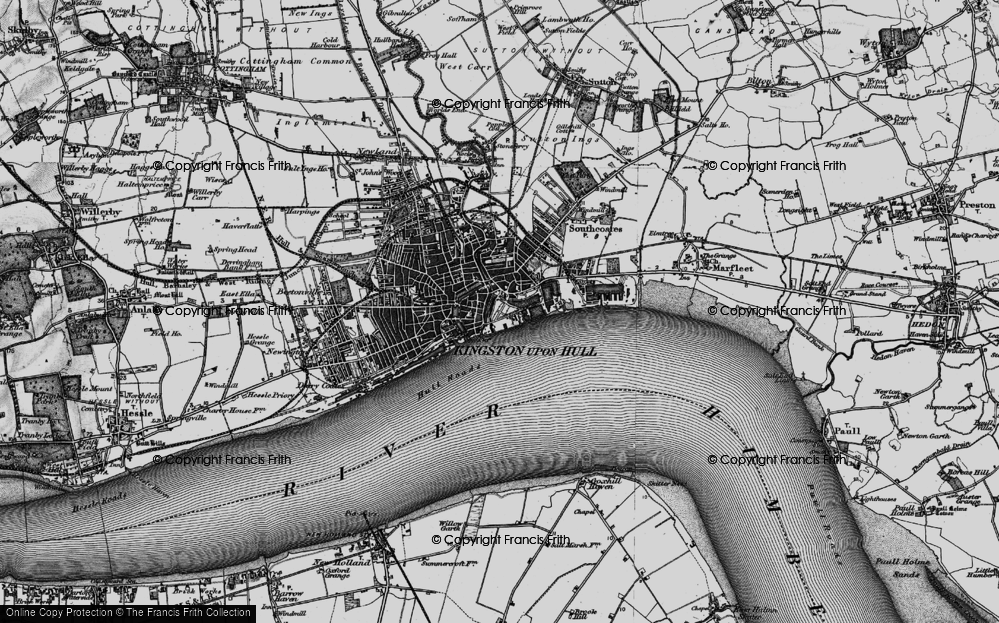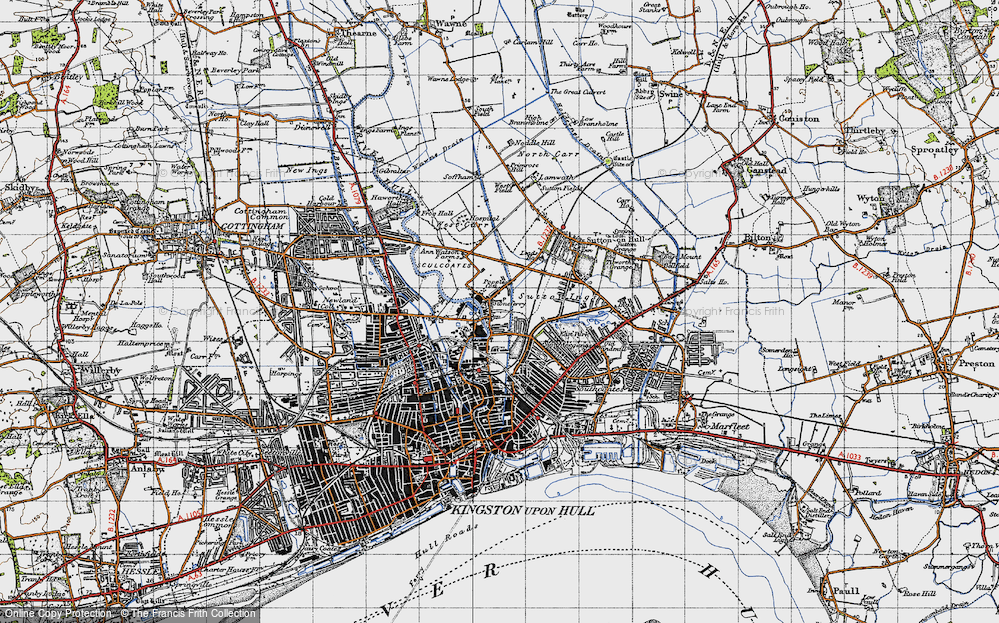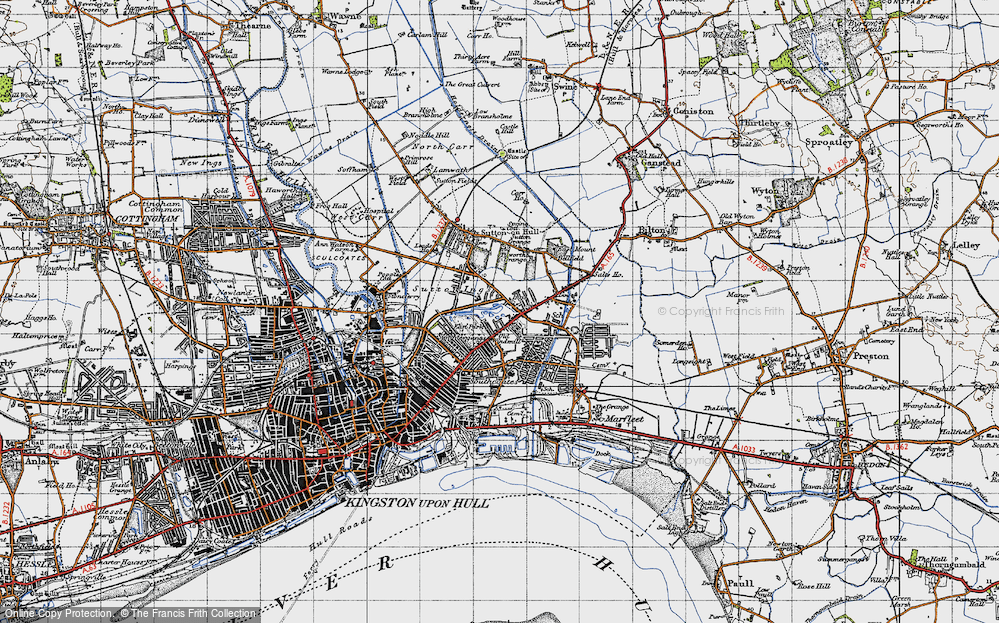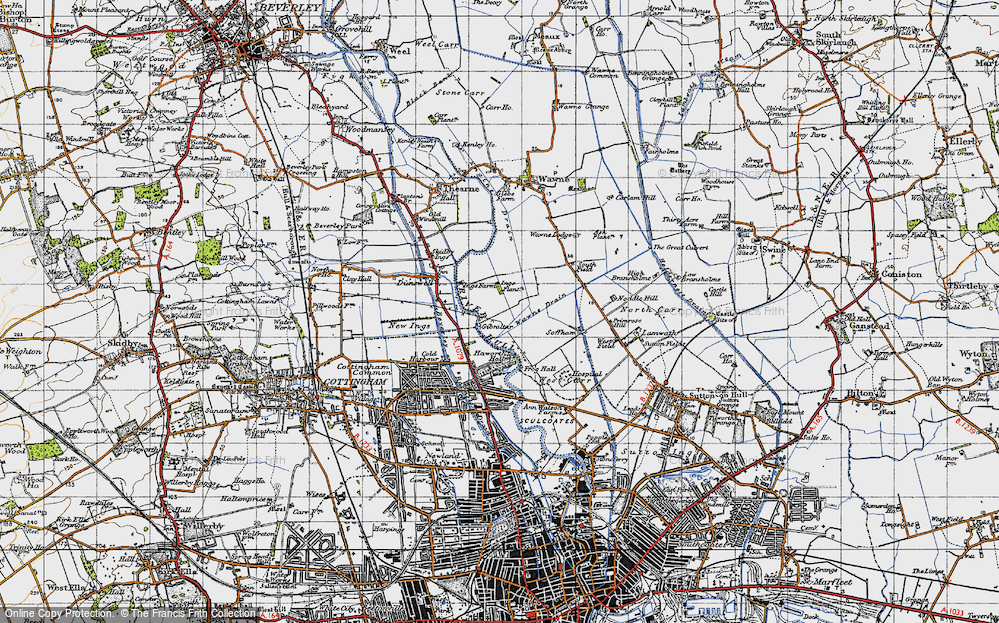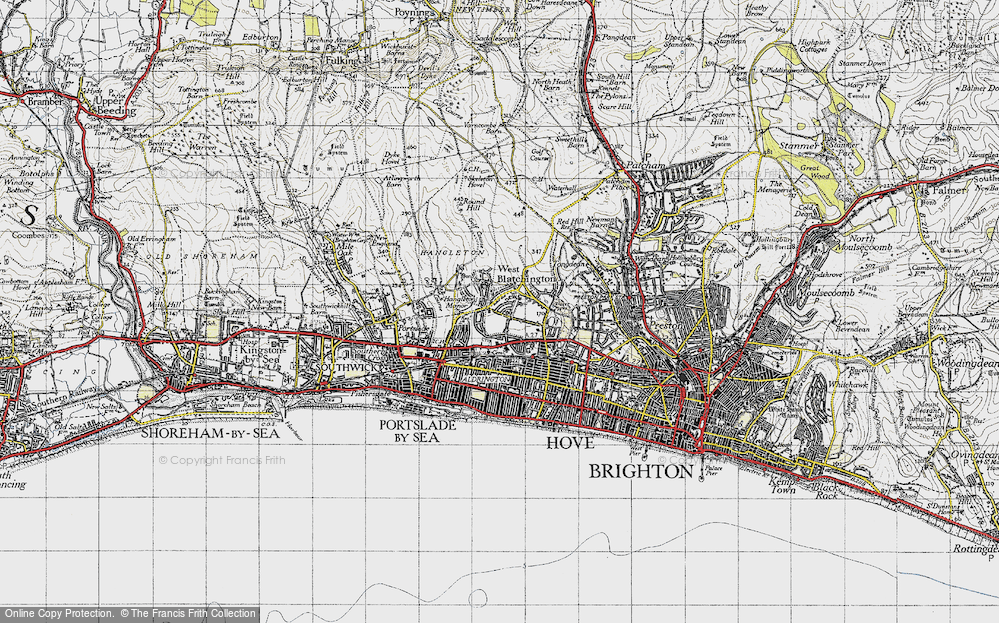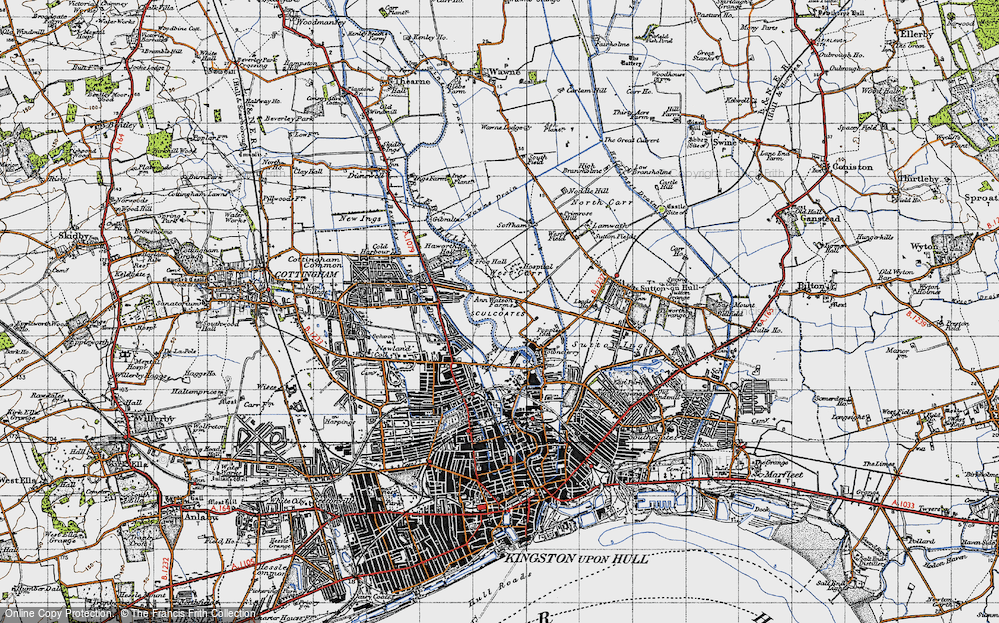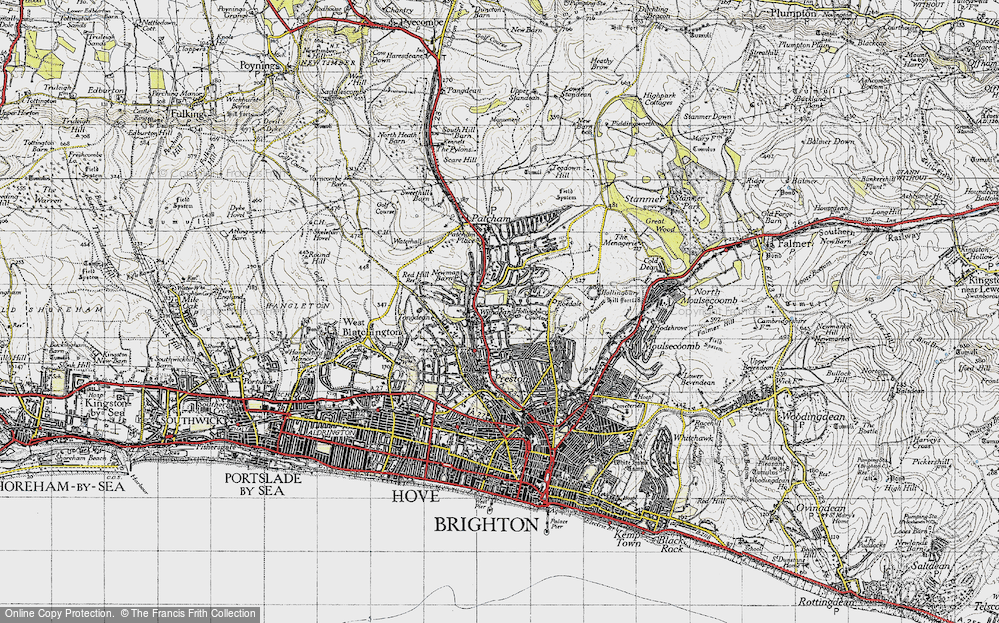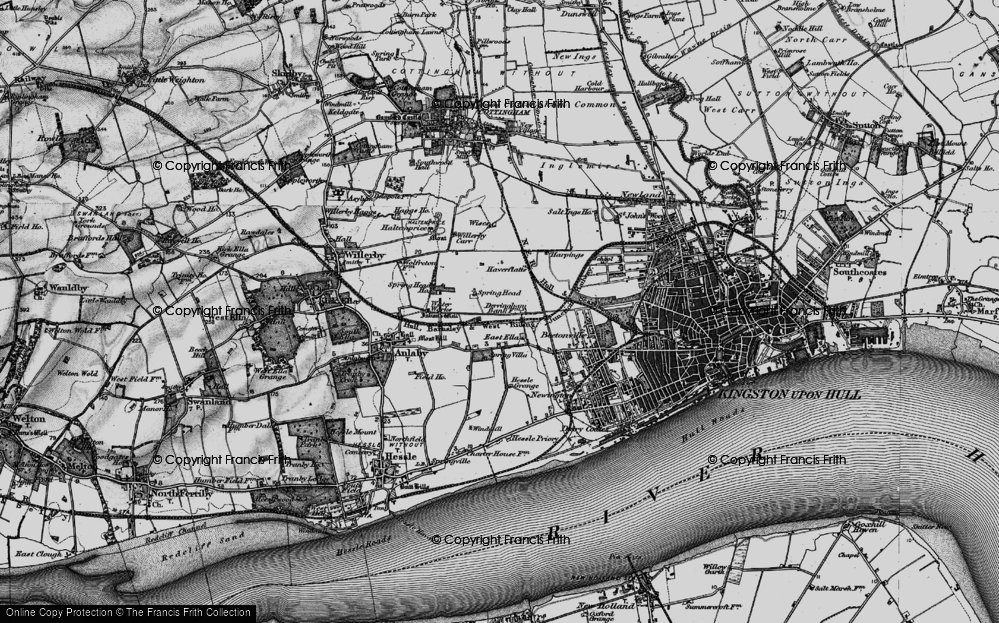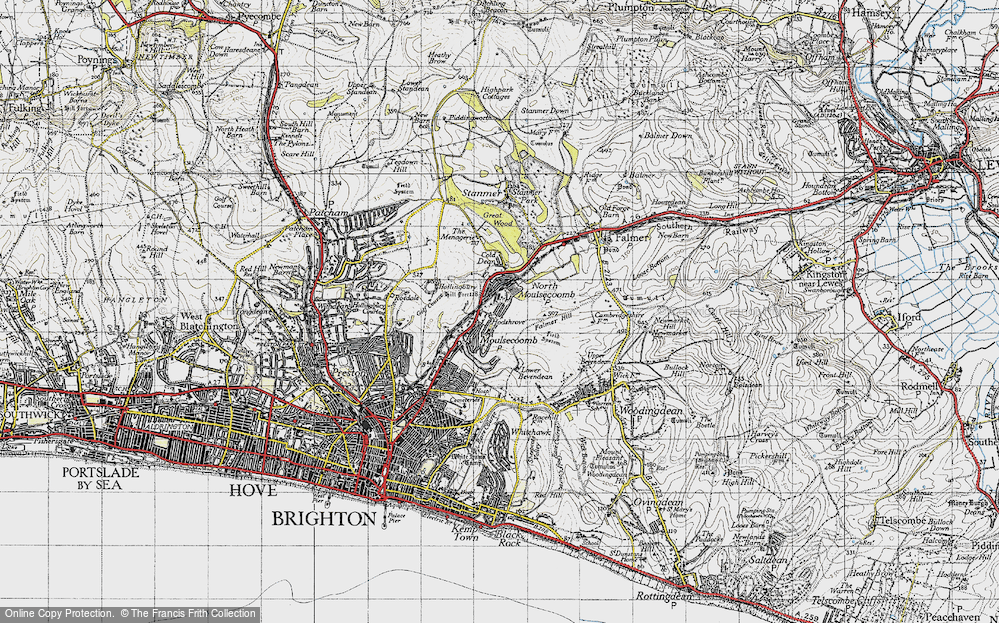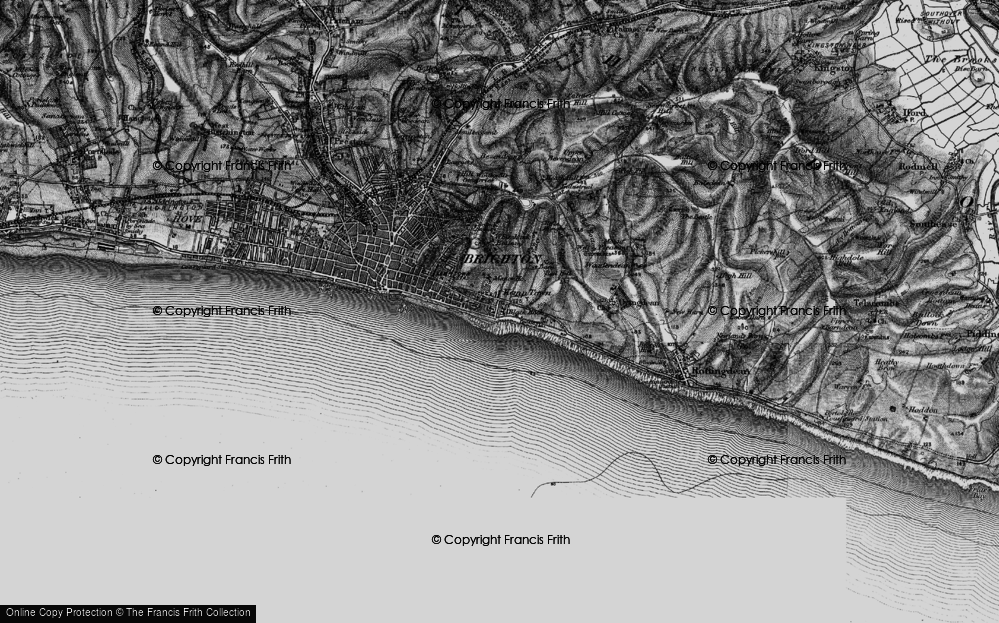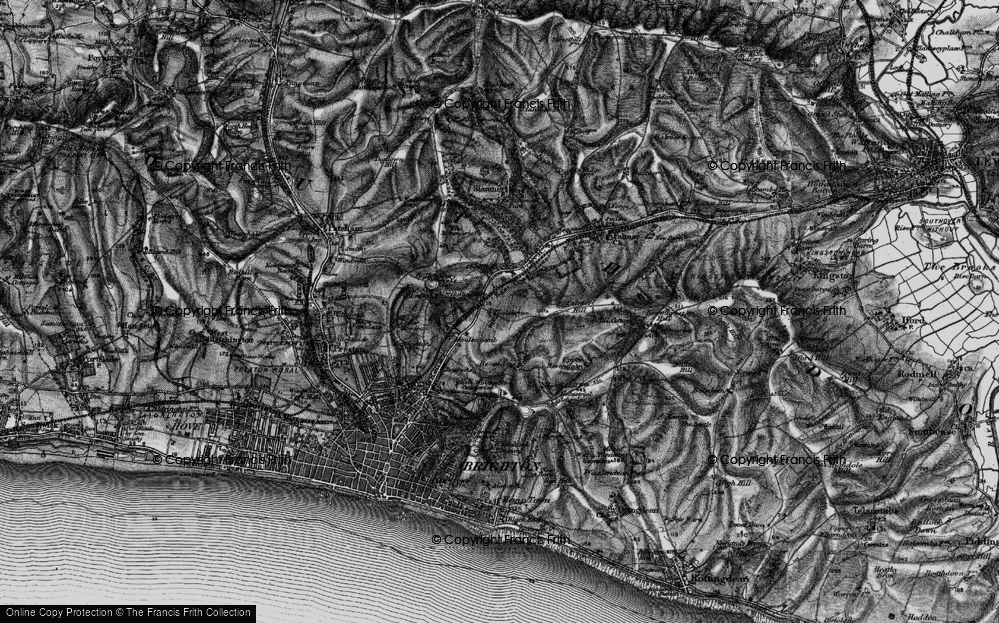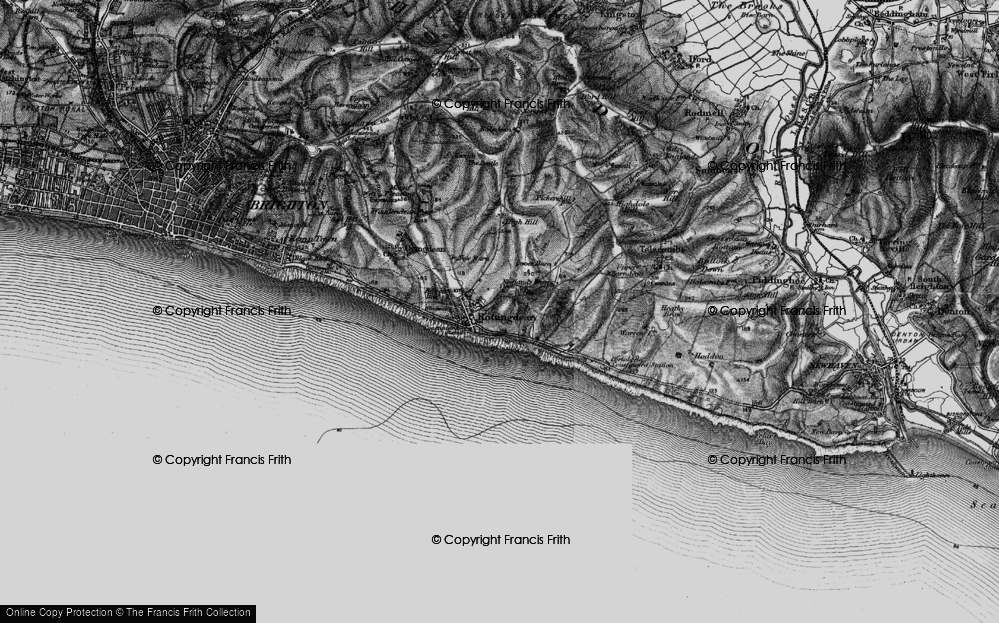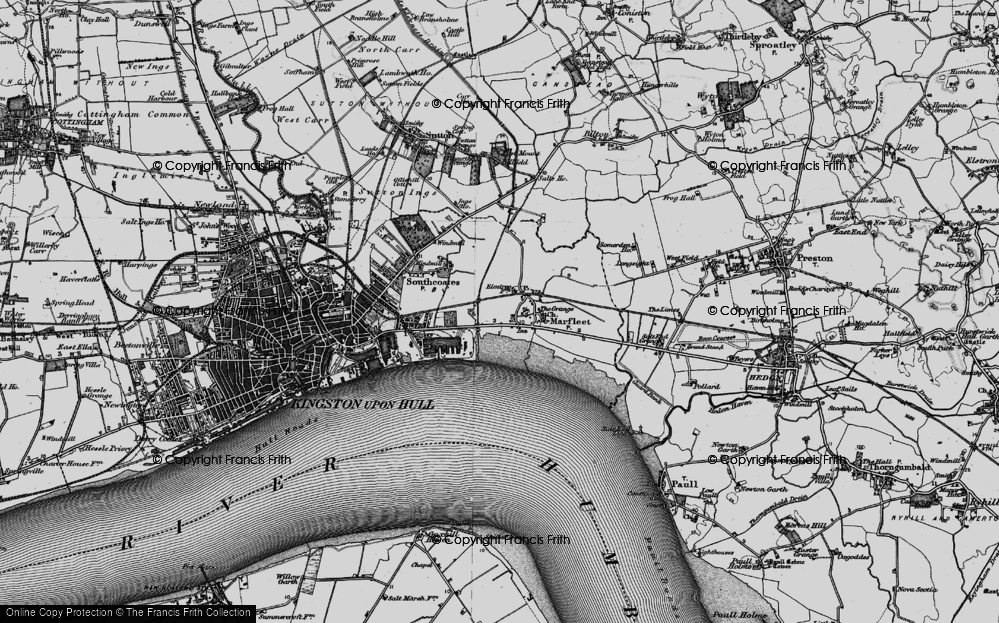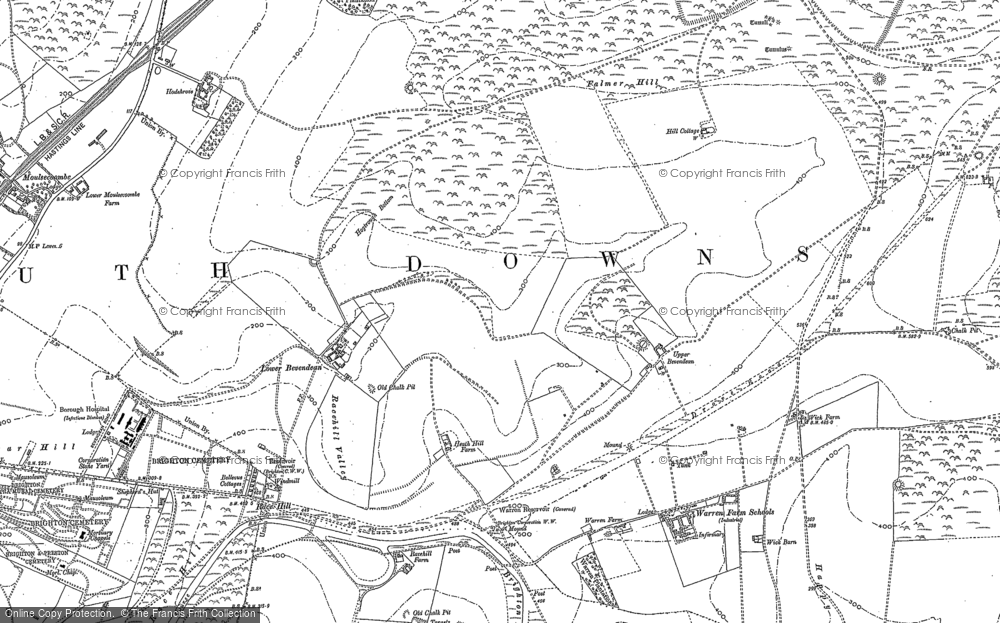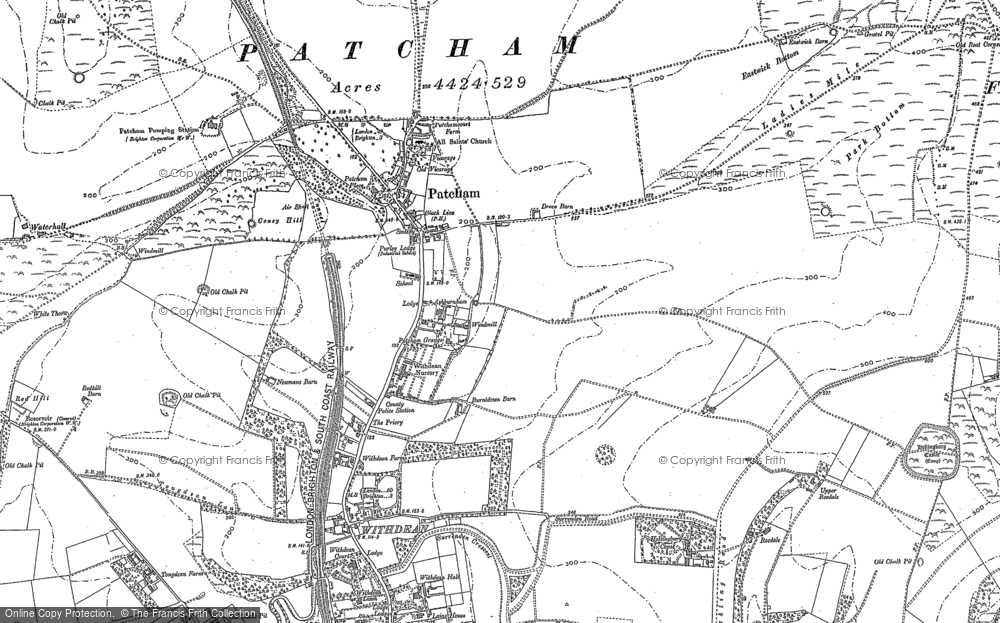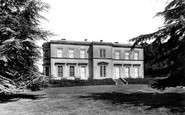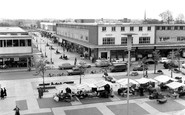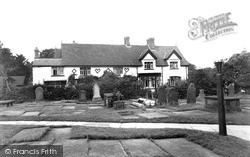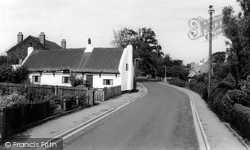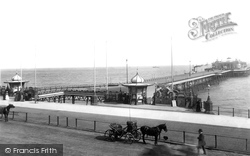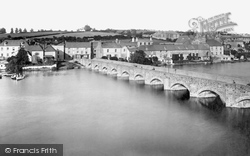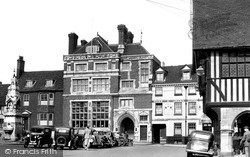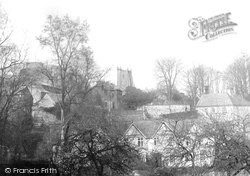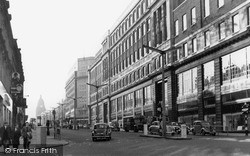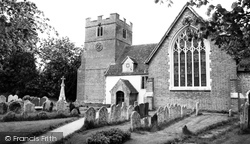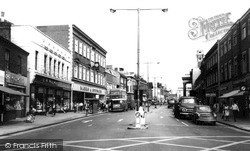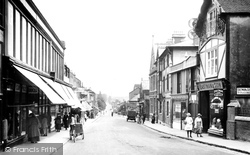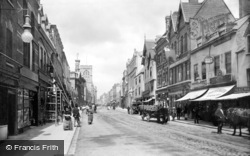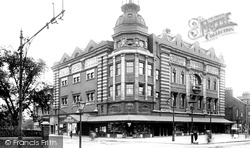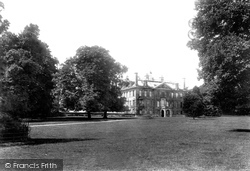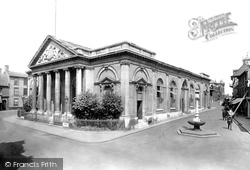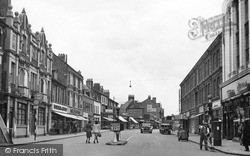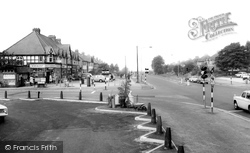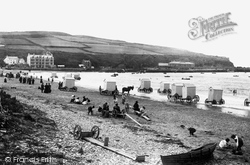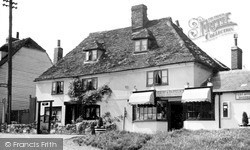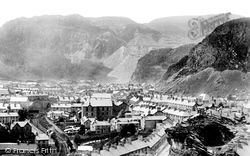Merry Christmas & Happy New Year!
Christmas Deliveries: If you placed an order on or before midday on Friday 19th December for Christmas delivery it was despatched before the Royal Mail or Parcel Force deadline and therefore should be received in time for Christmas. Orders placed after midday on Friday 19th December will be delivered in the New Year.
Please Note: Our offices and factory are now closed until Monday 5th January when we will be pleased to deal with any queries that have arisen during the holiday period.
During the holiday our Gift Cards may still be ordered for any last minute orders and will be sent automatically by email direct to your recipient - see here: Gift Cards
Places
Sorry, no places were found that related to your search.
Photos
Sorry, no photos were found that related to your search.
Maps
7,034 maps found.
Books
163 books found. Showing results 8,257 to 8,280.
Memories
22,913 memories found. Showing results 3,441 to 3,450.
Fond Memories Of Betton Hall
I lived at Betton Hall from 1940 - 1943, with my three brothers. As wartime evacuees from Manchester, we lived with the Crompton family who had three sons in the RAF; two were killed and the surviving son, ...Read more
A memory of Market Drayton by
Schools At Harlow
I moved to Harlow from Enfield in 1953 aged 8 with my parents brother and two sisters and first went to Broadfields Junior School then Netteswell Comprehensive. Whilst at Netteswell I joined the school brass band and learnt to ...Read more
A memory of Harlow in 1953 by
Childhood
My maternal grandparents lived at The Beeches, 16 Clarendon Road and my parents and I lived with them for my first three years and then returned regularly for holidays for several years. I remember Worthington Park and always having to sit ...Read more
A memory of Sale by
Cooksey Road
Please forgive the spelling as I have a degenerative problem with my left eye. I have been trying to write a tale for my grand kids, What I know is that my grandmother moved from London Islington, with several kids, to Birmingham ...Read more
A memory of Alum Rock by
Harold Hill
I was born in north London, at the age of 5, I moved with my two twin younger brothers & parents to Harold Hill council estate on the first part built; 24 Charlbury Crescent. We had farms all around us as the rest of Harold Hill ...Read more
A memory of Gidea Park in 1956 by
Canley
The part of Canley where we lived was made up of what were called "the steel houses" and "the prefabs". Charter Avenue was a dual carriageway and then, at the beginning of Ten Shilling Woods it became a single road. I was always told that ...Read more
A memory of Coventry in 1950 by
Revisited My Birthplace
I visited my birthplace and I took my family to see where I was born. I met a lovely couple that now reside there; they invited me in and showed me around the house. With fond thoughts, my mind drifted back all those ...Read more
A memory of Eastriggs in 2011 by
Keynsham Avenue Slinger Family
I, alongside four sisters, were were born at number 7 Keynsham Avenue. My grandfather owned the house before my parents. I attended Woodford Green Primary School with my younger sister from 1968 onwards. The ...Read more
A memory of Woodford Green in 1962 by
Camp Road
Unless I am mistaken, this shot is pointing due south in which the trees of Lynchford Road can be seen in the distance. The distant building on the left hand corner of the "T" junction at the end of Camp Road was "Boots cash ...Read more
A memory of Farnborough by
Your search returned a large number of results. Please try to refine your search further.
Captions
9,654 captions found. Showing results 8,257 to 8,280.
The main entrance to the pub is at the other side, but there is a gate giving access from the churchyard.
Here we see one of Formby's older properties, a fine example of the type of cottage that was once common to this part of the coast.
A brick tower mill, this was photographed at about the time it was purchased by a mill enthusiast for preservation. The brick tower is tarred black for extra weather protection.
After 18th-century false starts, Hastings grew in the 19th century; Pelham Crescent in Regency stucco of the 1820s was the first major development.
The 'longest and fairest' bridge in Cornwall crosses the upper part of the Camel estuary, seen here at high tide.
The Barclays Bank building was designed in an Elizabethan style by William Eden Nesfield in 1874 - at the time it was the Gibson and Son bank.
Built during the reign of Elizabeth I, Dockacre House is the oldest home in Launceston.
The area in and around Inverness has been occupied since ancient times and it was here, in the 6th century, that the capital of the Pictish kingdom stood.
This street scene is dominated by the façade of Lewis's store, with its broad plate glass windows and imitation rusticated pillars. It must have appeared very modern when it opened in September 1932.
The late Norman church, distinguished by its red crenellated tower, contains some ancient wall paintings, including a fresco of the murder of Thomas a Becket.
Mac Fisheries, far left, was a regular on TV ads; Marks and Spencer's, built on the City Cinema site, has been open a year, next to Woolworth's, the other High Street favourite.
At the far right are the wall and railings belonging to the Congregational Church of 1874; its tower was kept when the church was demolished to make way for the Hale Leys Shopping Centre in 1988.
This scene is virtually unrecognisable to today, but it shows just how busy the four roads of Gloucester were in the 19th century. The delivery men in this picture are prominent.
The Grand Opera House opened in 1904 at a cost of £38,000, but struggled and was taken over by John Imeson in 1909.
At the crossroads of Market Place and Potter's Street stands the neo-classical Corn Exchange, designed by Lewis Vulliamy, whose original frontage had a grand entrance dominated by a statue of the harvest
The old lords of Kingston were the Norman nobles, the Lacys, but this palatial Restoration house was built in 1663-5 for Sir Ralph Bankes, the son of the former attorney general Sir John.
The village used to be called Auldkirk because the people of Greenock worshipped here until they built their own church at the end of the sixteenth century.
Everard's Commercial Hotel is to the left, and in the distance is the earlier Corn Exchange of 1836. To the right is the cupola of Cupola House.
This view down Silver Street, widened here at the junction with Gold Street in the 1930s, looks towards Dalkieth Place.
The development of Castle Bromwich really got under way in the 1930s with the Hodgehill Common housing estate.After the second world war, in which Castle Bromwich played a major part with its Spitfire
In 1842 Port Erin was chosen as the location for a Marine Biological Station; it still exists, though these days it is a part of the University of Liverpool.
Shipping still made its way up-river to Bristol when this photograph was taken. Today, the increase in size of vessels has led to a new port being created down-river at Avonmouth.
Here is the local post office in more rural days; it also served as a general stores. In 1895 the village had the benefit of a post and money order office, supervised from?Gravesend.
Formerly the slate capital of Wales, this slate-grey mountain town is proud of its history and happily promotes its memory.
Places (0)
Photos (0)
Memories (22913)
Books (163)
Maps (7034)


